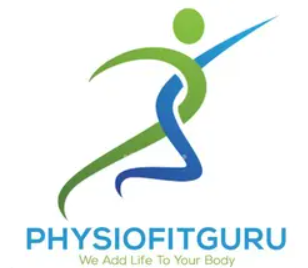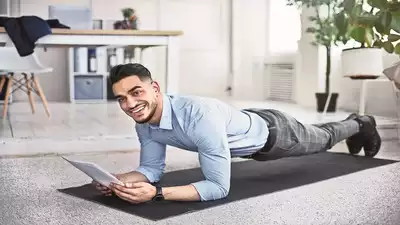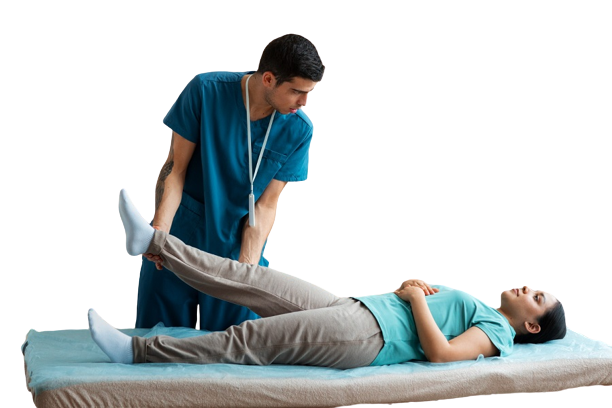Organ Donation Day: Doctor explains why India still lags behind in organ donation; myths we need to stop believing in
Organ donation can save eight to 10 lives through donating various organs including the heart, kidney, pancreas, lungs, liver, intestines, hands, faces, tissues, bone marrow, and stem cells. The lack of awareness among the public, medical professionals, and policymakers regarding the overall issue of organ donation is the biggest reason India falls behind in organ donation.
Organ failure has been one of the leading causes of morbidities, with many needy patients losing their lives because of the lack of organ availability. One organ donation drive can save eight to 10 lives, by donating hearts, kidneys, pancreas, lungs, livers, intestines, hands, faces, tissues, bone marrow and stem cells.
India has a huge population so technically there should be a huge number of organ donations and organ transplantation. “But if we compare it with the Western countries, our numbers are abysmally low,” explains Dr. Arvind Kumar, Chairman, Institute of Chest Surgery- Chest Onco Surgery and Lung Transplantation, Medanta, Gurugram.
“As of March 2023, over 100,000 patients wait for transplants, and approximately 17 die daily. Hesitations rooted in societal, religious, and cultural factors hinder donations,” explains Dr Aman Priya Khanna, Co-founder & Medical Director, HexaHealth, and General, Laser, Bariatric, and Minimal Access Surgeon.
In India, demand outpaces supply, with <1 donor per million people. Comparatively, the US and Spain exceed 40 donors per million. Living donor transplants are common, but deceased donors are underutilized. In 2019, 88% of kidney and 77% of liver transplants came from living donors. Just 1 in 100 potential donors contribute organs, Dr Khanna adds.
Why is India behind in organ donation?
“I think the biggest reason is lack of awareness amongst people, amongst medical professionals, and also amongst the policymakers regarding the overall issue of organ donation. This leads to a lot of people who are in a position to donate organs, not donating. So organs are going to waste in thousands,” Dr. Kumar explains.
Increasing awareness is needed
“What we need to do is to increase awareness about the donation from the dead, that is cadaveric donors, make more centers available and equipped to do it. And once we are able to harness this pool of dead donors, the number of organ transplants will automatically increase. So increasing awareness, increasing the availability of centers, equipping them with the manpower as well as infrastructure is the way to increase organ donation activity in India,” the doctor explains the link between awareness and availability.
How organ donation is encouraged in the West
How the western world did it was that their leaders, their celebrities — whether it is film industry people, sports persons, famous politicians, others in public life — they came forward and started talking about this issue at all available forums, and that generated an interest. Dr. Kumar explains.
The second thing which was done by a lot of countries in the west was to make this a part of the driving license process. “We were recently in Canada and we learned that if you apply for a driving license, you are also given a donor card. You’re supposed to go through that. There will be a counselor who will counsel you, give answers to your questions, and most of the people agree to donate and become a donor at the time when they get their driving license.”
“Some who say no, they are counseled second time, third time, fourth time, and most convert to saying yes. Few, who still say no, are told that in the event of you ever requiring an organ, you will be at the bottom of the waiting list, which means you’re not likely to get, which again acts as a jolt and converts them into donor, which means all those who are having a license are donors.”
Link organ donation to driver’s license in India
“Now this is one very solid way that we in India can link it to the driver’s license and increase,” Dr. Kumar recommends.
The second is by increasing awareness. We should talk about this in schools. We should make it a part of the medical curriculum. We should talk about it in our university education. We should talk about it in all our media etc. If this issue is talked about frequently by all the people, especially the celebrities, then awareness will increase. People will pledge their organs and we’ll have an increase in the donor pool side by side. Awareness will lead to the potential recipients going and registering themselves at approved centers and therefore you increase the donor pool, you increase the recipient pool and the activity increases automatically, Dr. Kumar adds.
“So organ donation is an activity which has a lot to do with cultural beliefs. A lot of people believe that if you take out organs from the human body, the body is incomplete and when you have an incomplete body being burnt or buried, somehow the soul keeps lingering there and you don’t get proper death, you don’t get salvation etc. It doesn’t complete the process of death and thereafter,” Dr. Kumar explains.
This is actually wrong because once you are dead, the organs are dead whether you are buried or cremated with your lungs, heart, kidney, liver inside or without them, adds Dr. Kumar. However, by donation, these organs can give life to 8 to 10 more people.
“Death is a very, very sad event. But if you donate your organs, you donate your heart, lungs, liver, kidneys, pancreas, intestines, bones and joints, skin, cornea and other heart valves etc., you have an opportunity to give life to at least 10 people and give tissues and therefore better quality of life to many more.”
“This is a way of reducing the pain of the death of your near one when you feel that yes, so and so has died but his organs are giving life to 10 people. His heart is beating somewhere, his lungs are working somewhere, liver, kidneys, two people are seeing the world because he or she donated. I think if we put it in this humanitarian aspect of organ donation, the acceptance will increase tremendously and that’s where I think we should focus on,” Dr. Kumar signs off.
The following organ donation process has been provided by AIIMS:
1. Organ Retrieval Banking Organisation (ORBO) coordinates the process of cadaver organ donation i.e. organ donation after death and transplantation.
2. There are two ways to donate organs: –
a) By pledging for organ donation when a person is alive
b) By consent of family after death.
3. During lifetime, a person can pledge for organ donation by filling up a donor form in the presence of two witnesses, one of whom shall be a near relative.
4. The organ donor form could be obtained from ORBO either personally or through mail. It could also be downloaded from our Website (www.orbo.org).
5. The donor form is absolutely free of cost.
6. As mentioned earlier, you need to fill up the donor form and get it signed by two witnesses one of whom shall be a near relative and send the same to ORBO.
7. After receiving the filled in form, ORBO provides the donor with an organ donor card bearing registration number on it.
8. It is suggested to keep the donor card in your pocket and share your decision with your near and dear ones.
9. If a person expires without registration, the family members can donate his/her organs. For this they need to sign a consent form, which is provided at that time.
10. Once, the relatives give a written consent, organs are harvested within a few hours.
11. The family of the donor does not face any difficulty or extra burden upon them.
13. The deceased body is given back to the family in a dignified way.
14. There is no disfigurement. The body can be viewed as in any case of death and funeral arrangements need not be delayed.




